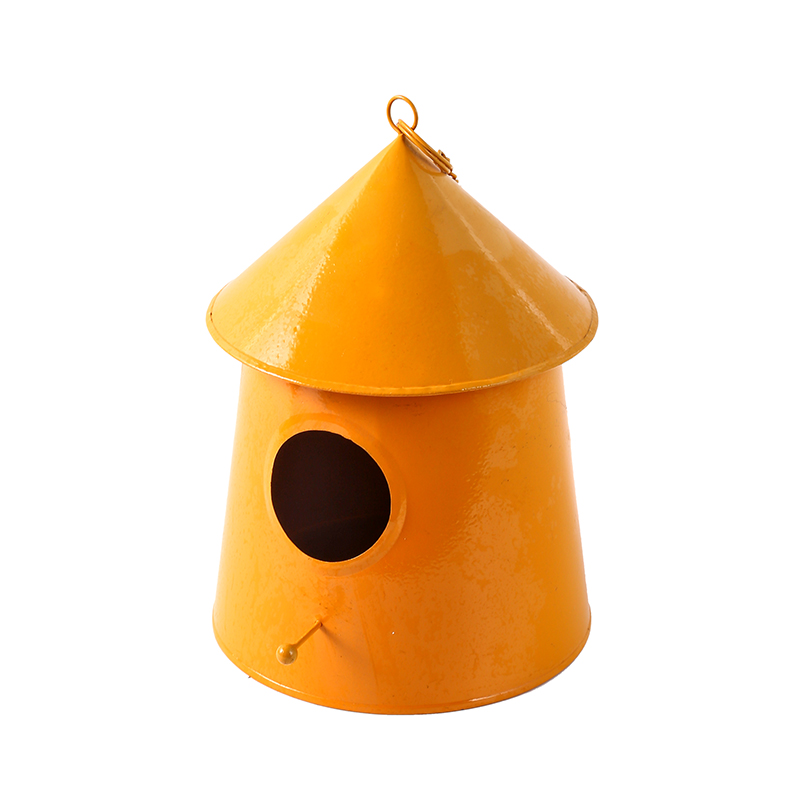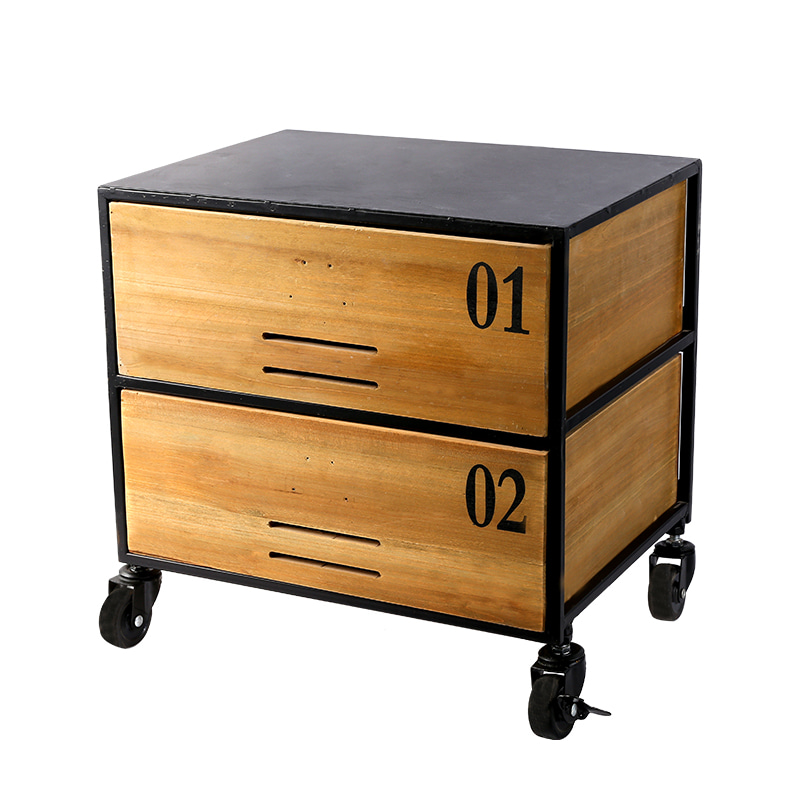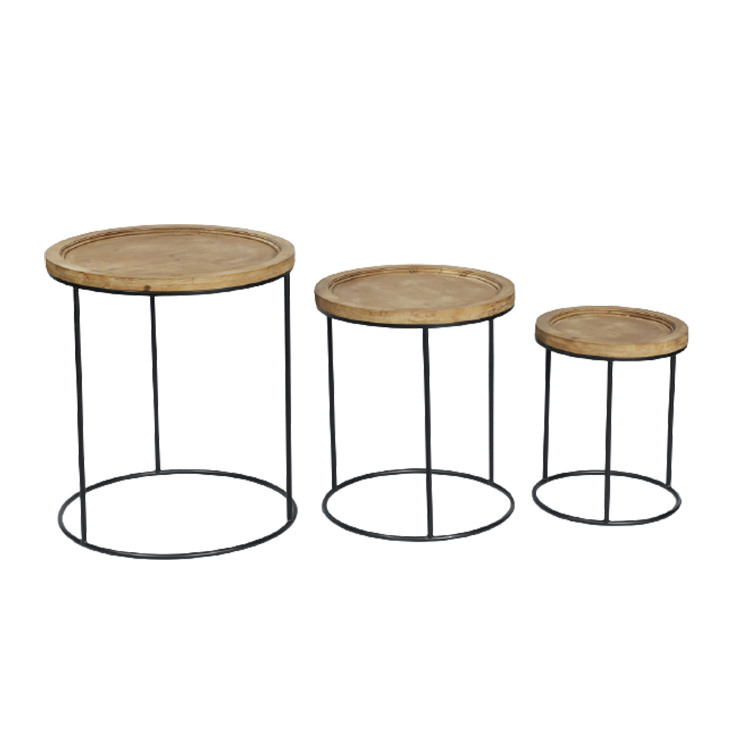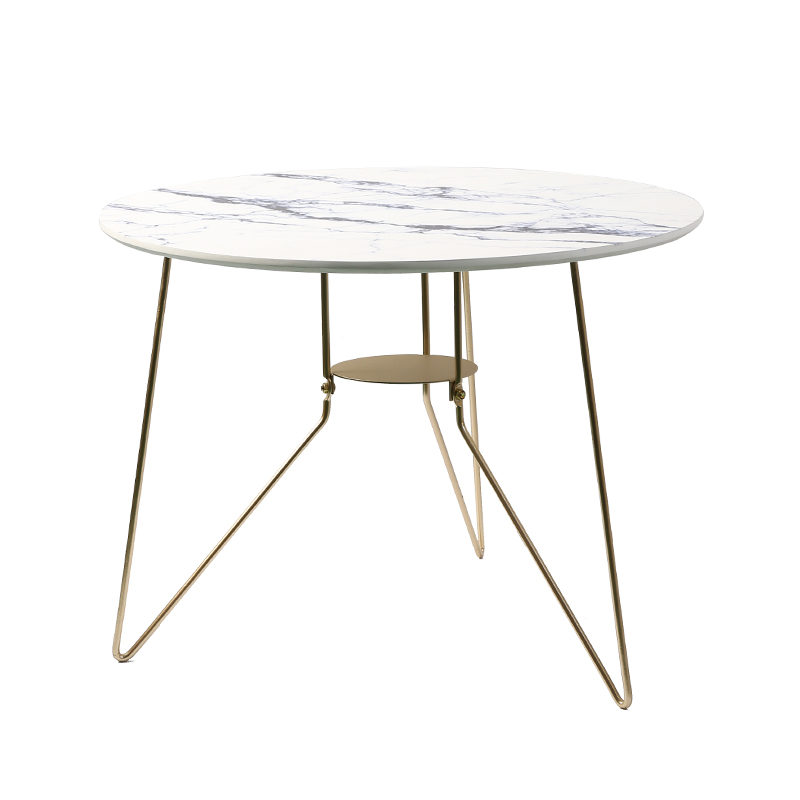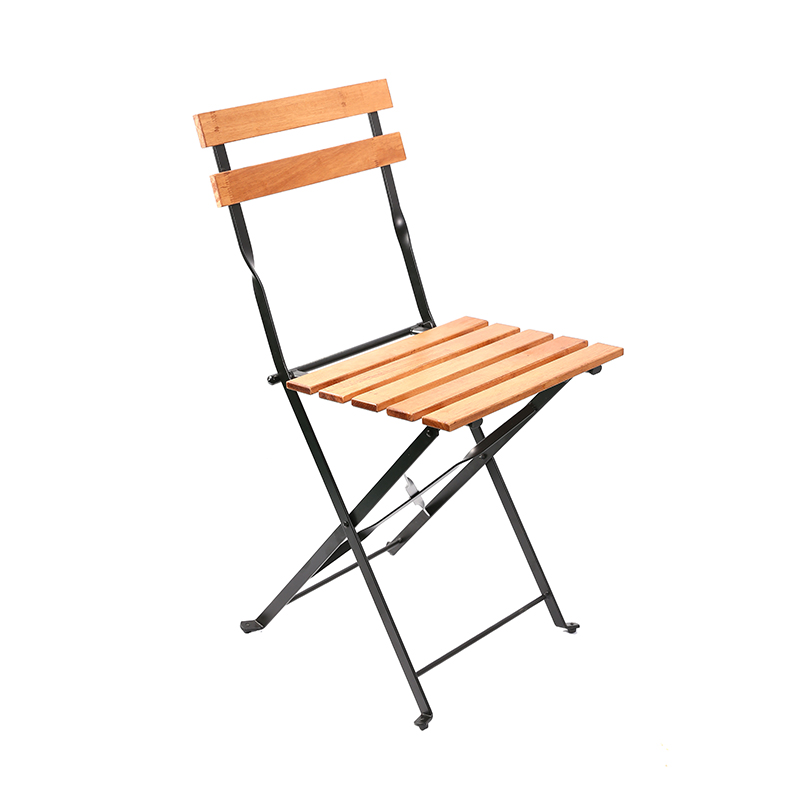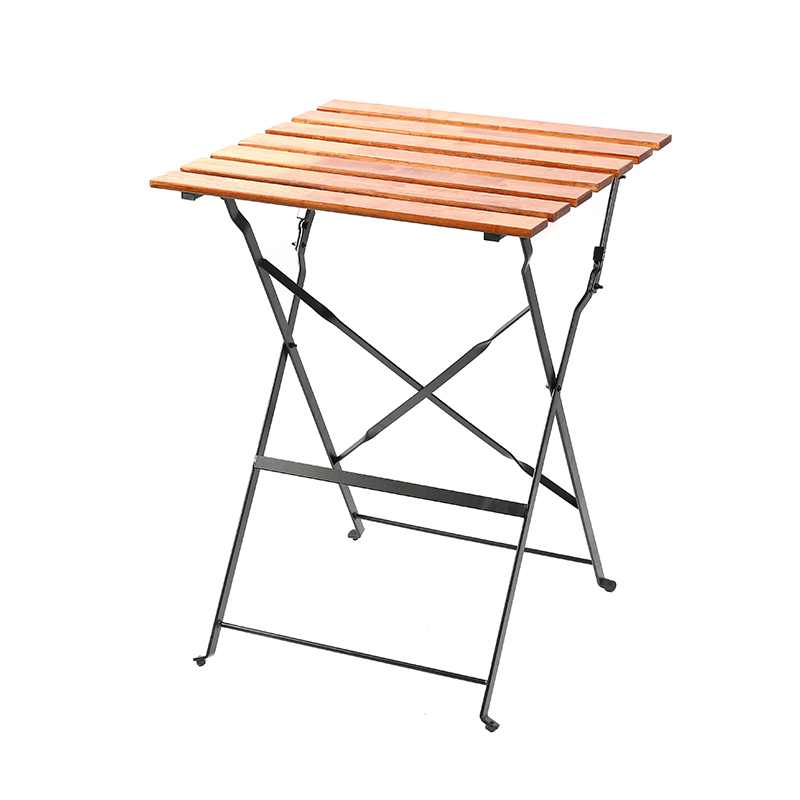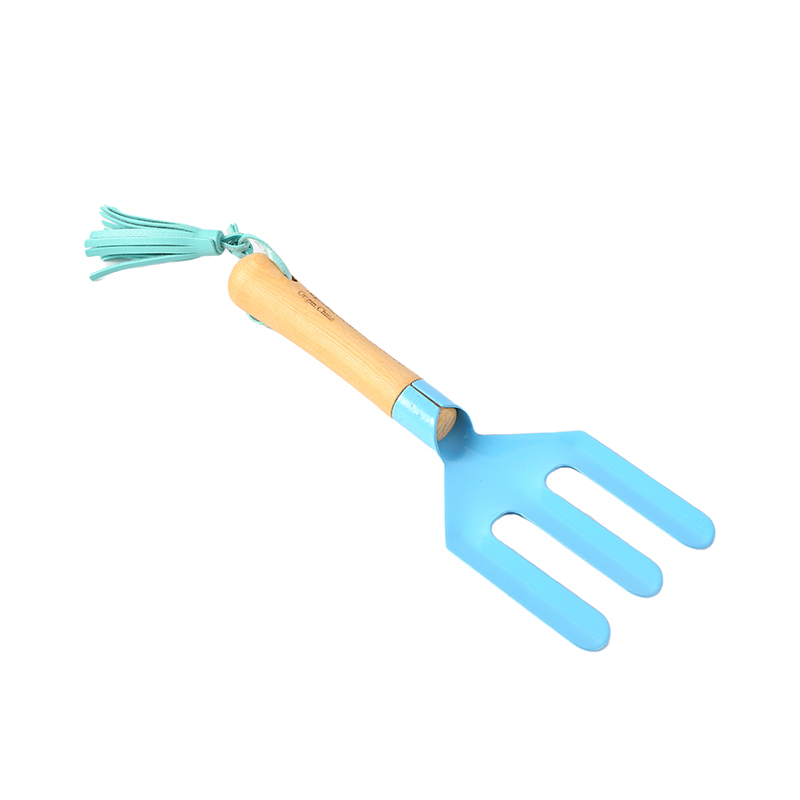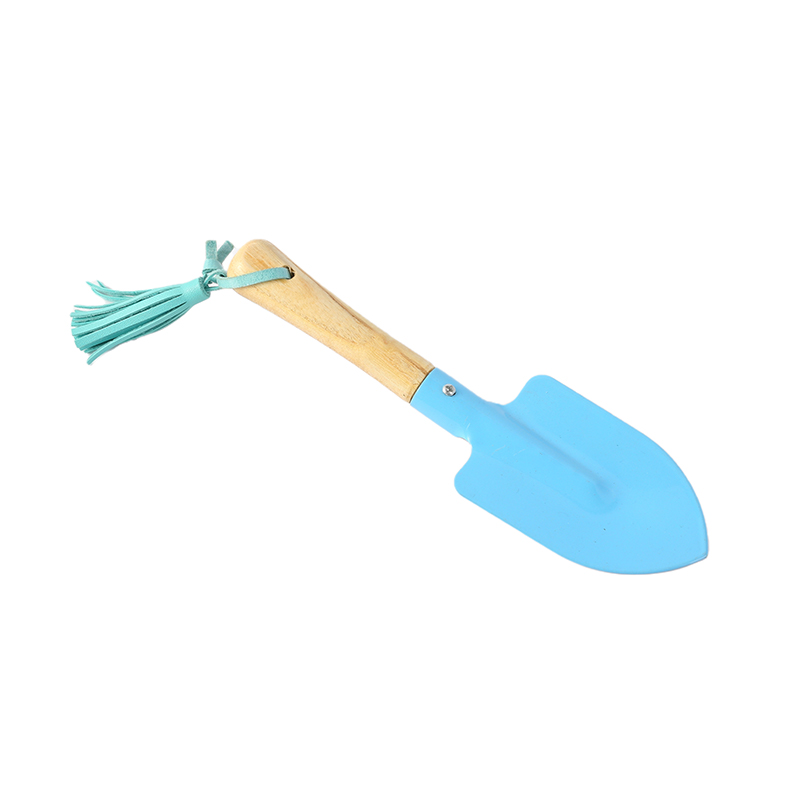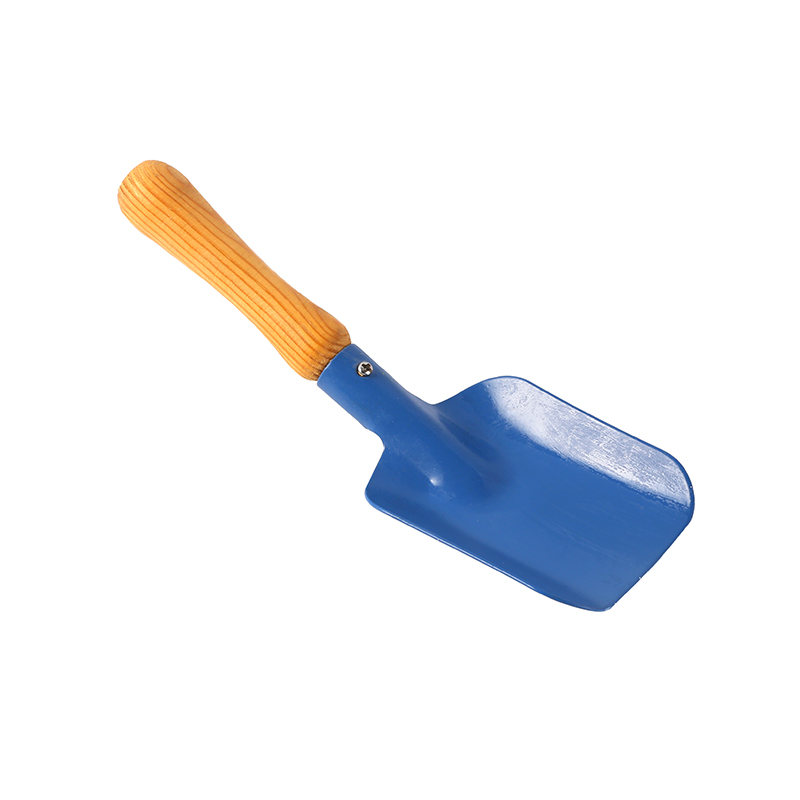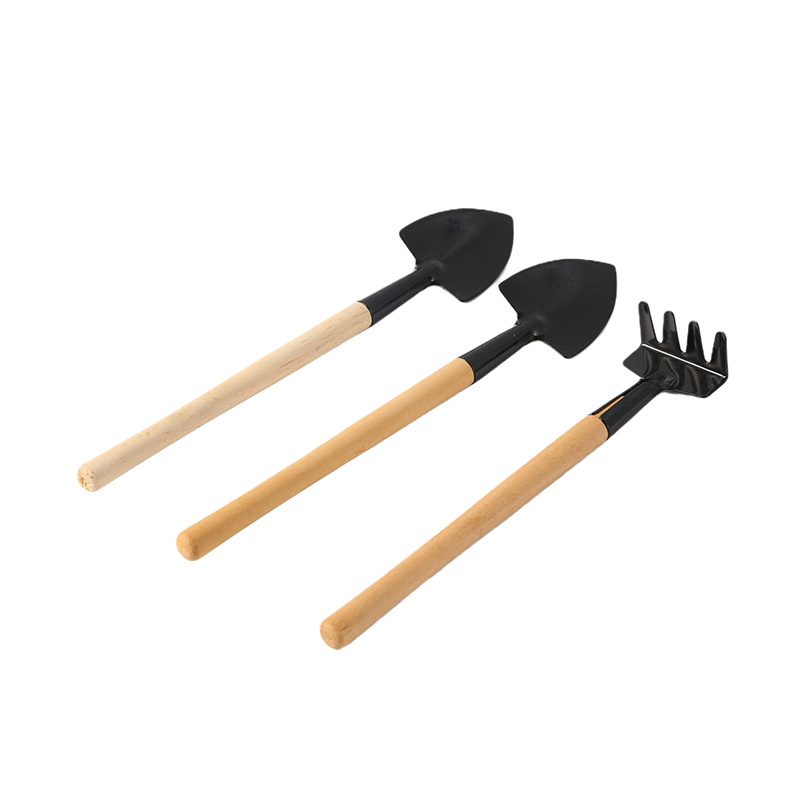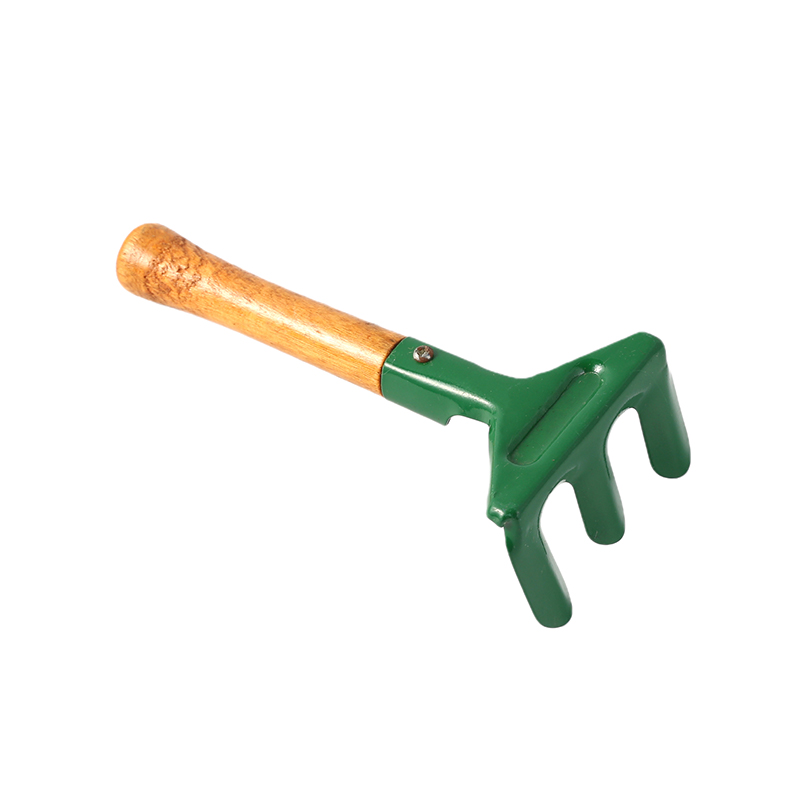Anyone with an interest in gardening probably has a collection of pots tucked away in a corner, gathered with cobwebs and crawlers, waiting to be brought out into the sun again. But sometimes they're small -- too small for a cutting, barely the size of a seed to plant. But if you're interested, there are some "crafty" ways to use them to add some color to your garden in unexpected ways.
First of all, no matter the size, they need to be cleaned thoroughly, and old clay pots tend to get very unsightly and crusty, due to salts and chemicals from the water and any used fertilizer, it builds up, A crusty or chalky white residue forms. Start by brushing off any old soil, then soak the pot in a solution of 1 cup white vinegar for every 3-4 cups of water for 20-30 minutes. The less vinegar you use in the water, the longer you need to soak. You may hear a sizzle and see bubbles - it's just the crust dissolving and the pot absorbing the liquid. Then put on protective gloves and scrub the pot if necessary, rinse it well, and let it dry in the sun.
To disinfect pots, especially if you plan to use them again for plants or seeds, soak them in a solution of 1 part household bleach to 9 parts water for at least 10 minutes. Then place the pot in a solution of dish soap and water, and use a wire ball or wire brush to remove mineral deposits and other debris. Since clay will absorb bleach, make sure they are well rinsed and dried before using them again.
Even plastic pots should be cleaned, but they don't need to be soaked. Brush away loose items, then wash the plastic pot with a mixture of antibacterial dishwashing detergent and warm water, and give it a good scrubbing from the inside out. Dirt can breed bacteria, so brushing off any traces of mud isn't always enough.
Now your pots should look like new and you can start crafting.




 English
English Deutsch
Deutsch 中文简体
中文简体
